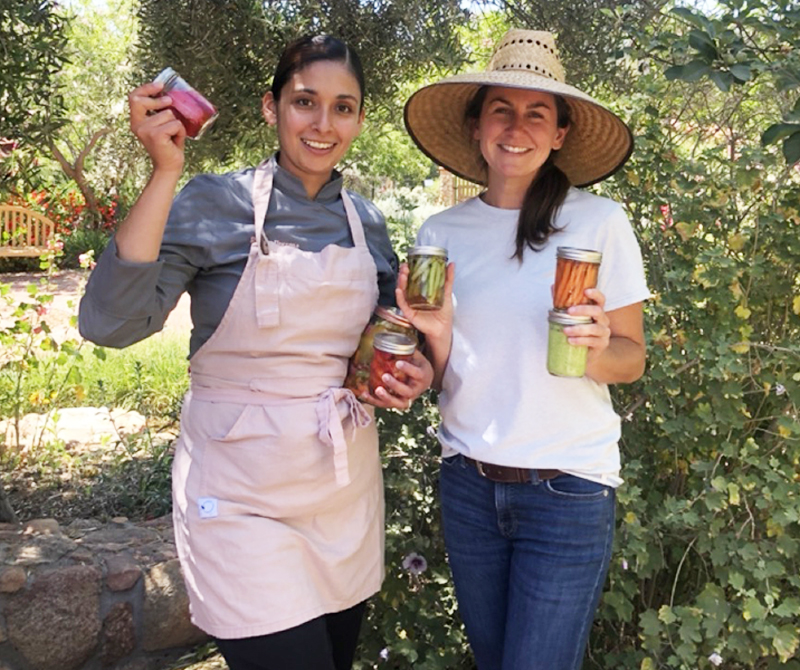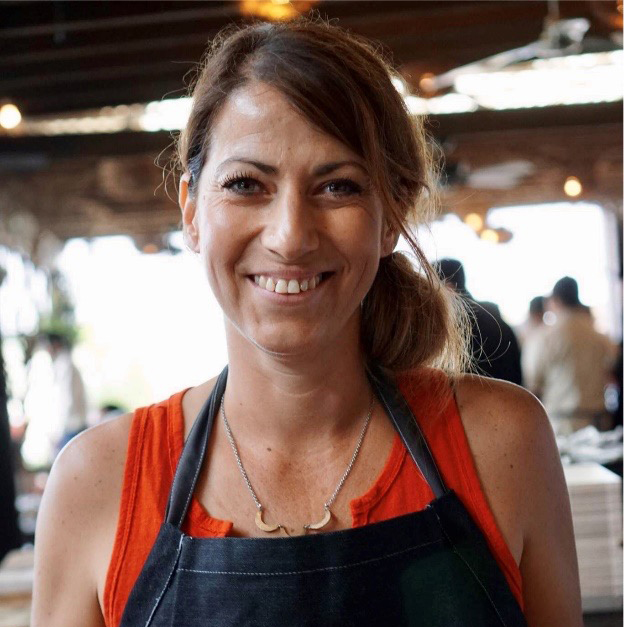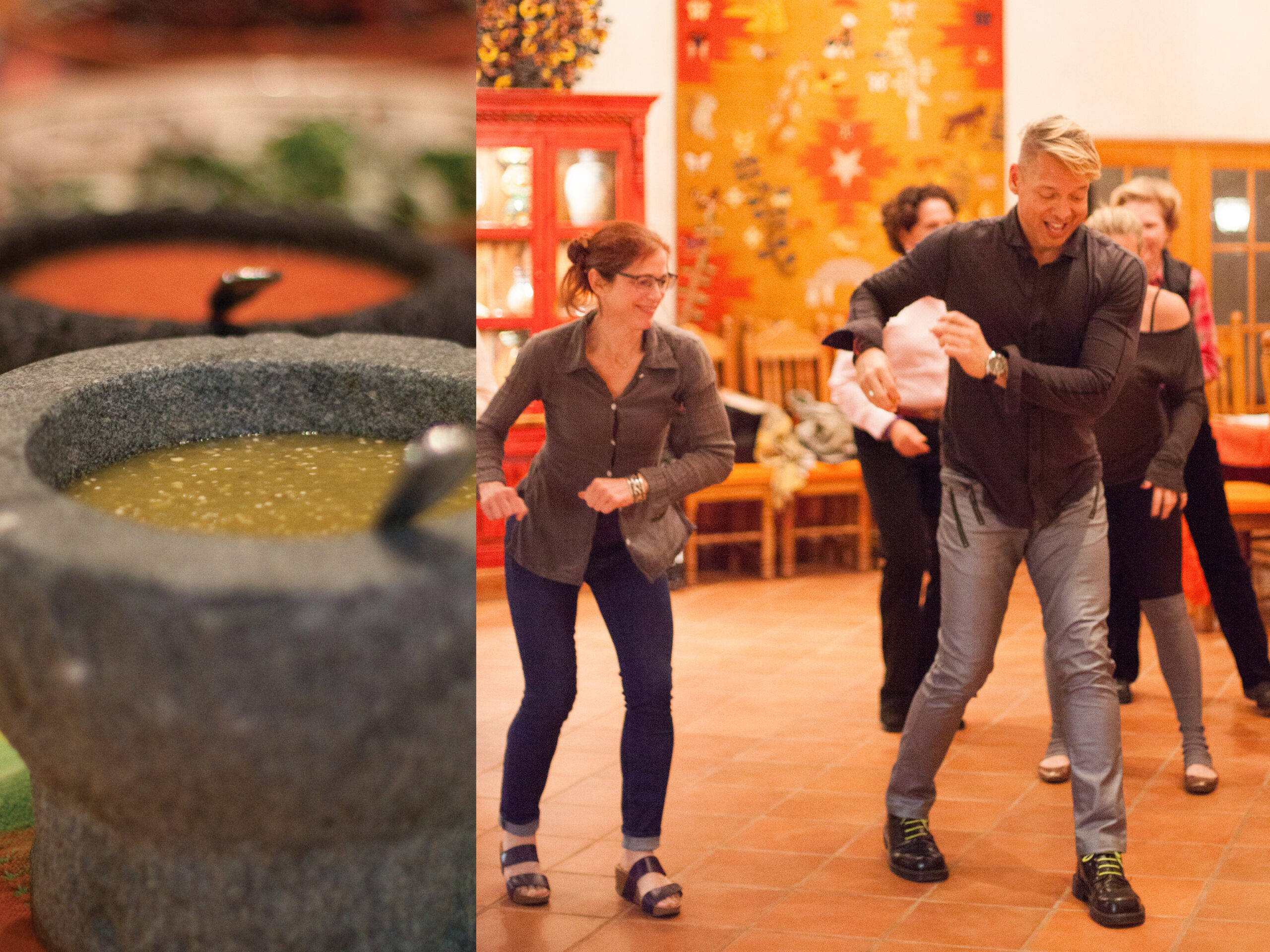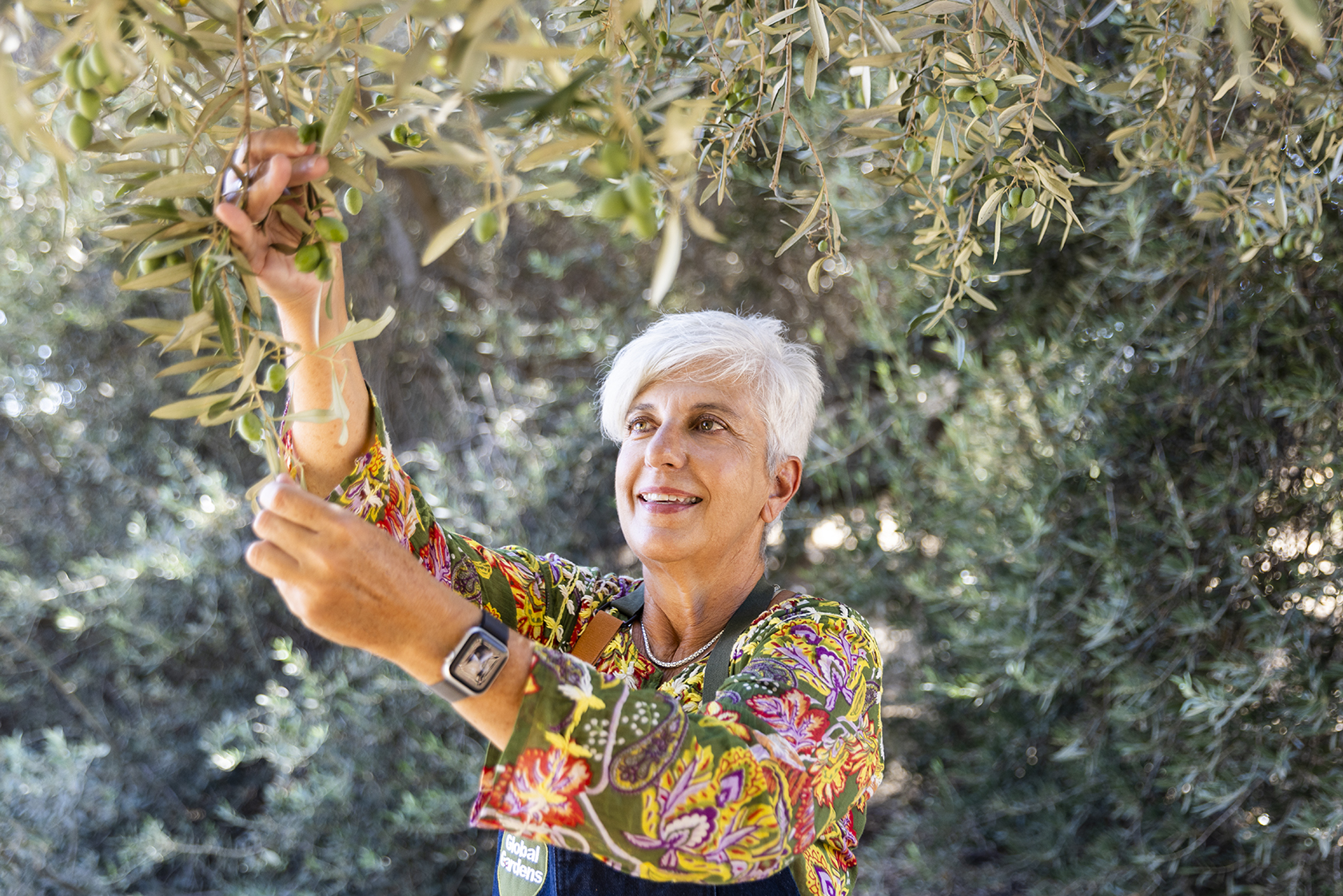Discovering Regenerative Farming
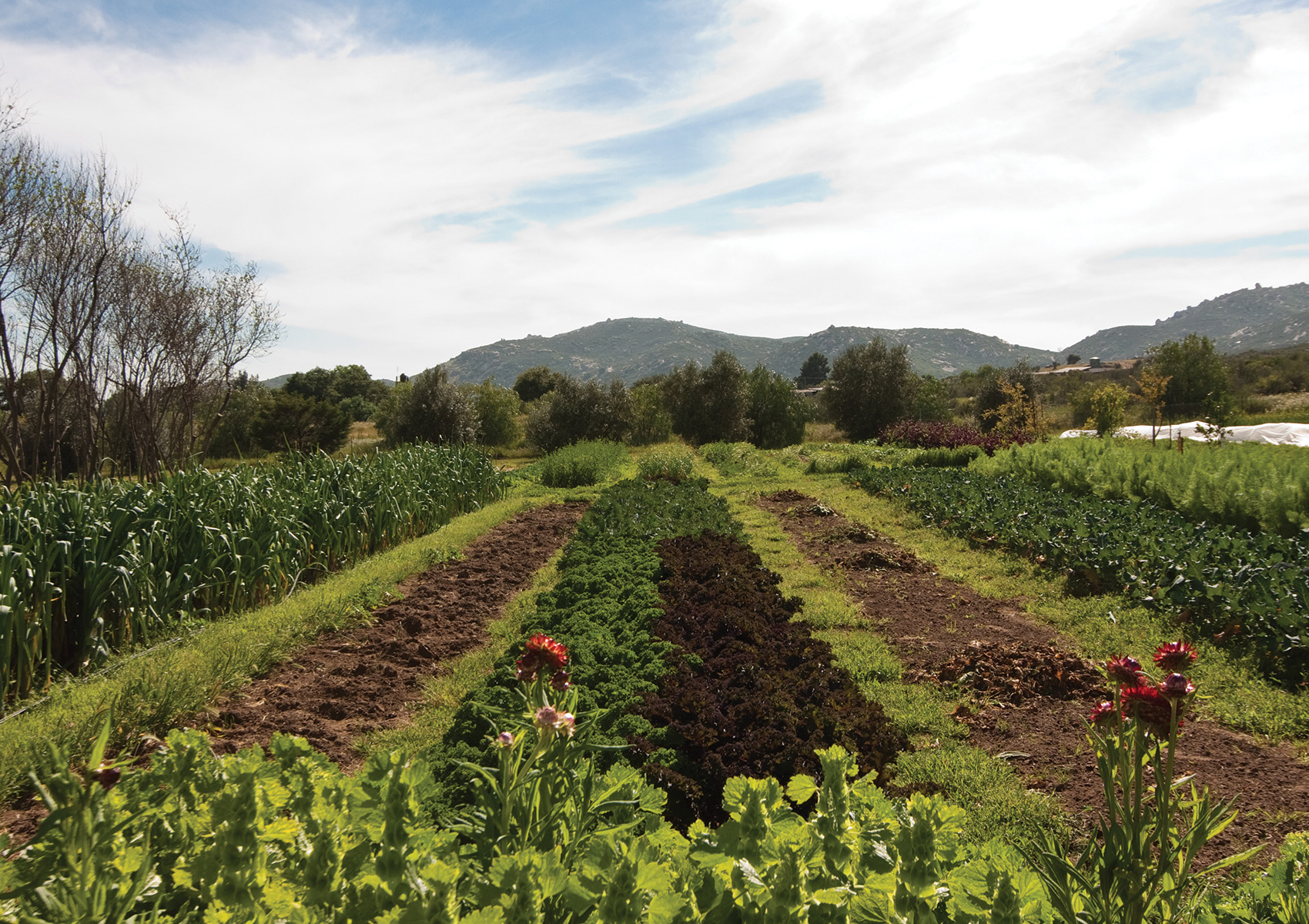
Serving guests delicious, healthy, nutrient-rich food is something that Rancho La Puerta is passionate about and proud to do. Most of what is served at mealtimes come straight from Tres Estrellas, the organic farm on the property. Guests love the Organic Breakfast Hike that is offered several times a week, allowing them to tour the farm and see first-hand where the food comes from. Recently, we’ve decided to take this one step further.
In June, Rancho La Puerta introduced a new half-day program called Regenerative Farming: Beyond Organic in the Garden and Kitchen. We want to teach guests about good farming practices. Such practices provide nutrient-dense foods and protect the ecosystem’s biodiversity required to produce them.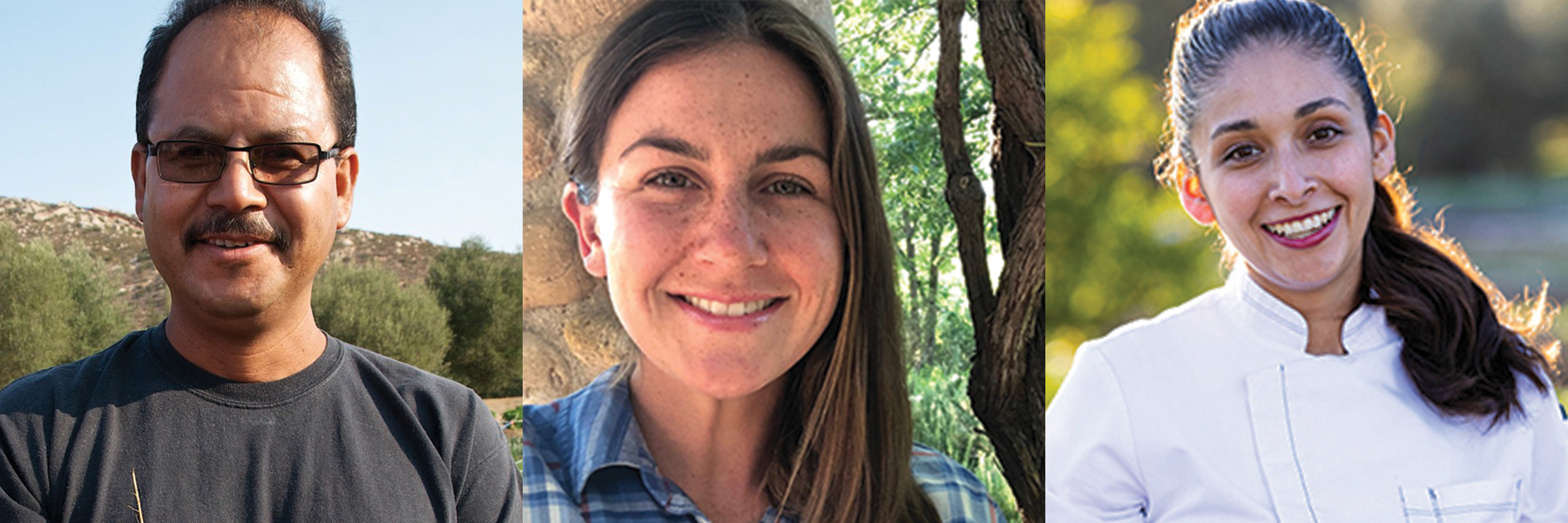
It is a half-day program that has a three-part itinerary. After the Organic Breakfast Hike, guests not staying for the class begin their walk back to The Ranch. Guests who sign up enjoy extra time in the garden with head gardener Salvador Tinajero. They start by harvesting whatever is in season at the farm. Lindsey, the farm’s Education Director, then explains why most foods severely lack nutrients and how we can get nutrients back into our diets. The final part is a cooking demonstration led by Executive Chef Reyna. Depending on the time of year, she will provide guests with techniques for preparing, preserving, and cooking food.
Salvador is amazing. I had a blast harvesting in the garden with him. I am in awe of his passion for the garden, which he has overseen for over 20 years. It was an honor to pick his brain about seasonal crops and how to harvest and prepare them. I felt like a real farmer in my big sombrero and gardening gloves! I also felt incredibly useful, knowing I was hand picking and preparing fennel, garlic, bok choy, and kale for the night’s dinner. Harvesting is fun, not always simple work; it was a fitness class in itself!
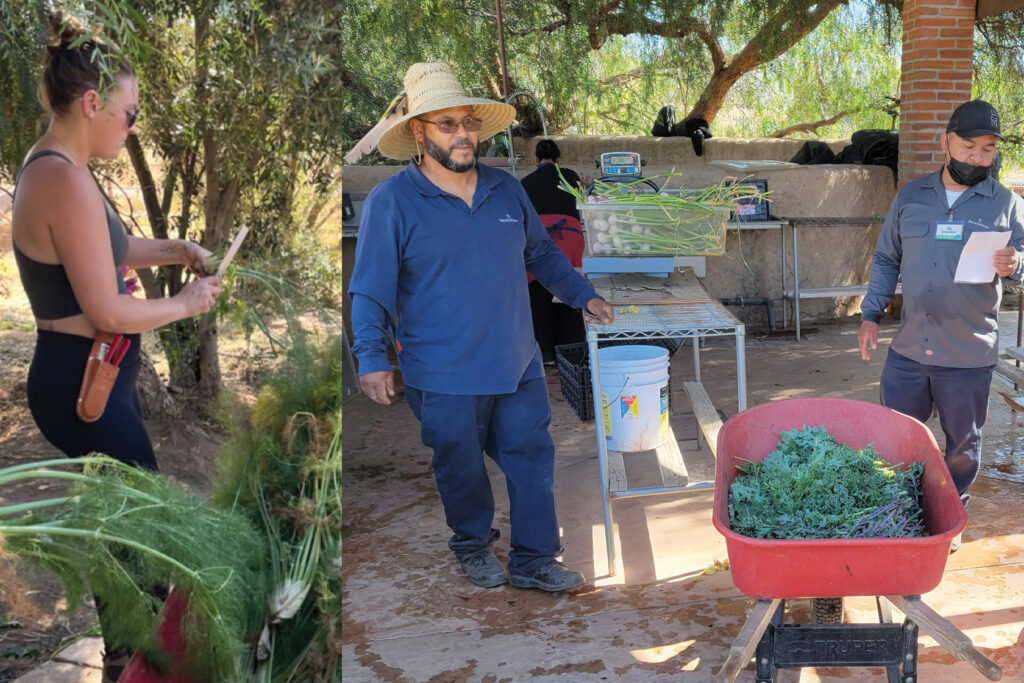 I was most fascinated by the new knowledge I gained from Lindsey’s presentation. It was life-changing for me. I thought I was doing a good thing by leaning toward purchasing organic produce in stores. She helped me see that I had some room for improvement in how I shopped that could benefit my body’s cellular function and combat climate change. Healthy soil absorbs carbon more efficiently than dust which increases organic matter, or carbon, in the soil for plants to use, and leads to more delicious and nutritious produce.
I was most fascinated by the new knowledge I gained from Lindsey’s presentation. It was life-changing for me. I thought I was doing a good thing by leaning toward purchasing organic produce in stores. She helped me see that I had some room for improvement in how I shopped that could benefit my body’s cellular function and combat climate change. Healthy soil absorbs carbon more efficiently than dust which increases organic matter, or carbon, in the soil for plants to use, and leads to more delicious and nutritious produce.
Organic isn’t enough anymore. While eliminating pesticide and herbicide use is a start, organic and nutrient-dense are not synonymous because the Organic certification does not ensure ecosystem protection or regeneration. “Normal” farming practices look nothing like they did when our ancestors did them. We have normalized bad habits in the past century in the interest of mass production. We are currently paying the price. Studies have shown that the decline in mineral and nutrient content in soil is directly related to increased cases of degenerative diseases. Tilling, topsoil erosion, monocropping, and chemical use, have made plants lazy. Farmers have intentionally bred the bitterness out of most vegetables so that they can sell more, assuming that blandness is the flavor that people prefer. Instead of prioritizing nutrients, farmers of mass production focus on growing the largest produce specimens possible; this is, without fail, achieved with chemicals. Using pesticides and temperature control means the plants do not need to fend for themselves against the elements or predators. Natural phytochemicals are responsible for producing plants’ nutrients and are vanishing before our eyes.
Regenerative farming, on the other hand, improves soil composition by increasing the variety of nutrients, minerals, and microbes available to plants. It uses no tilling or direct seeding of land. Instead, regenerative farming utilizes diverse crop rotations, cover cropping when plots are unused, and combines crop biodiversity with compost and manure applications, animal integration, and agroforestry. These further increase the amount of organic material available in the soil. We are proud to say that these techniques are applied at Tres Estrellas.
Did you know that you would have to eat about 200 carrots grown using today’s “normal” farming practices to gain the same amount of nutrients in a carrot grown using regenerative ones? Who has the time and finances to buy and eat 200 carrots when you could eat just one? Not to mention the calories or the sore jaw from chewing! Taste is a built-in nutrient density sensor. Nature wants us to eat good food! The flavor comparison between a carrot from a farm using regenerative practices and a regular organic carrot is a dead giveaway. You can taste the difference (spoiler alert: the regenerative farmed carrot is far more delicious). Sign up for this class to see for yourself!
I was lucky enough to be in the first group to experience this class. I have since become very excited about the existence and mission of regenerative farming. The good news is, it’s not all bad news. The amount of nutrients you receive from produce depends on where you buy it. As consumers, we can dictate what should be sold in stores based on what we buy. Since hearing the astonishing carrot statistic in class, I have personally switched my shopping practice of buying produce in a regular grocery store to buying locally at the farmer’s market in my neighborhood. I interviewed several farmers at multiple farmer’s markets before selecting a few that I know I can trust the value of their food due to their regenerative farming practices. Buying local ensures that the food I buy is fresh, never trucked for hundreds of miles before it can get to me. It also keeps me eating only what is in season, helping me learn how to prepare new things I wouldn’t usually cook.
Inspired by Reyna’s “quickling” (quick pickling) demo, I have even begun pickling my own vegetables so they last longer. Another thing I have been impressed with is how much longer food with real nutrients naturally stays garden-fresh. Given that crisp, perfectly ripe produce is my favorite part of my diet, I can’t bear to let any of it go to waste. It makes me unbelievably happy to fill my refrigerator with nutrient-dense, locally grown foods. It’s like looking at a rainbow every time I open it. My energy levels have been noticeably higher since I started eating real foods.
If like me, you feel passionate about the connection between human, crop, soil, and environmental health, please consider inquiring about farming practices at your grocery stores and where what you are buying and eating originates. As these conversations become more frequent, we will see a change in what is offered on the shelves. We will taste it too. In the meantime, you can sign up for Regenerative Farming: Beyond Organic in the Farm and Kitchen during your next stay at The Ranch.
We look forward to harvesting knowledge and changing how we eat with you.
